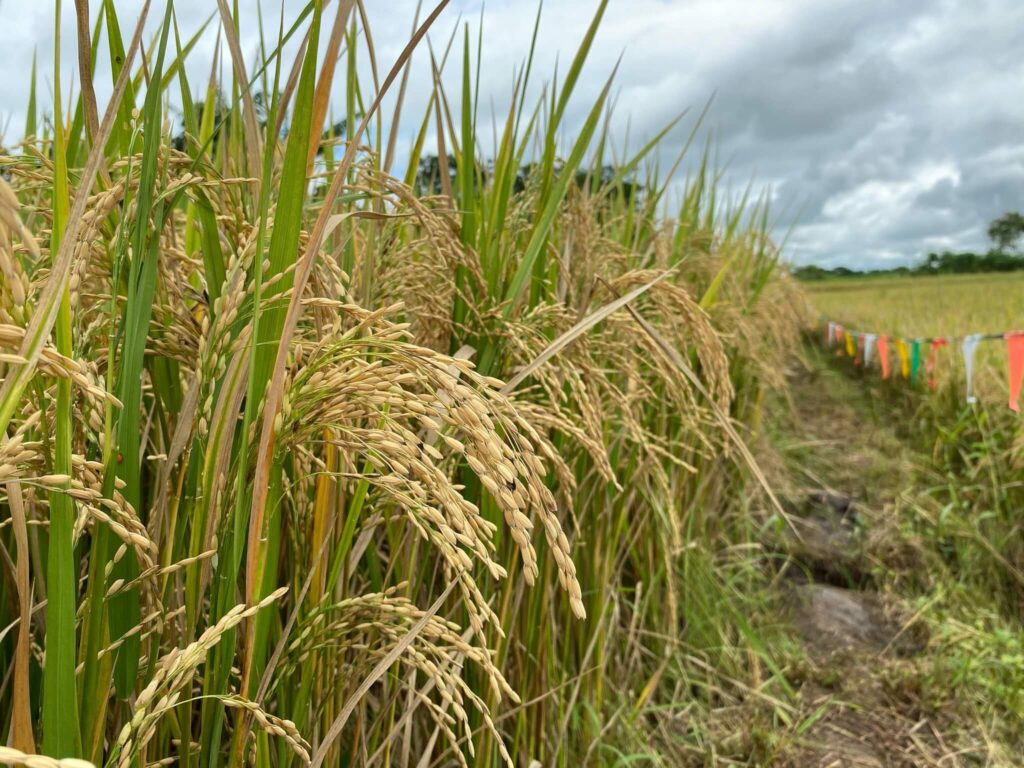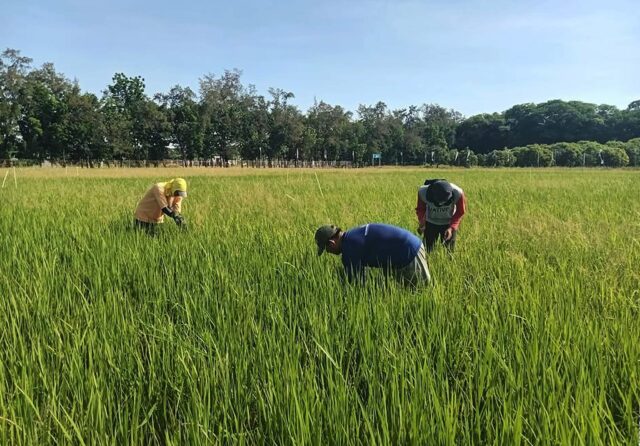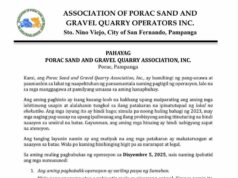SCIENCE CITY OF MUÑOZ (PIA) — The Philippine Rice Research Institute (PhilRice) has advised rice farmers in Central Luzon and the Bicol Region to intensify field monitoring as the rainy season is expected to trigger a rise in pest and disease outbreaks until September.
Based on reports from the Bureau of Plant Industry, major threats during this period include brown planthopper (BPH), bacterial leaf blight (BLB), rice blast, rice stemborer, and rodents – pests that thrive in the cloudy and rainy conditions typical of the wet season.
“Cloudy, rainy days with temperatures of 25‑30 °C are ideal for brown planthopper outbreaks. We expect heavier infestations and more cases of hopperburn,” PhilRice crop‑protection specialist Leonardo Marquez said.

To help manage these threats, Marquez urged farmers to adopt integrated pest management practices such as planting pest-resistant varieties, synchronizing sowing dates within communities, maintaining weed-free paddies, practicing alternate wetting and drying of fields, and using fertilizers judiciously to avoid pest buildup.
He also emphasized that stemborer populations may rise due to the tendency for back-to-back cropping and shorter fallow periods caused by frequent rainfall, which allows the pest to persist and spread more easily.
Meanwhile, rodent damage is expected to peak in the Bangsamoro Autonomous Region in Muslim Mindanao (BARMM), where continuous rains spur weed growth and reproduction.
In contrast, the Ilocos Region may experience the lowest rodent pressure due to its typically drier climate.
PhilRice emphasized that pest infestation timing varies, where BPH, BLB, and rice blast typically strike from the tillering stage until just before harvest.
Stemborers may attack as early as the seedling stage, and rodent damage may be observed from sowing to harvest, especially as panicles mature.
“If the cost of control outweighs the expected gain, it may be wiser to wait and prepare for the next season,” Marquez noted.
PhilRice also reminded farmers to stay alert after typhoons or prolonged heavy rains, as damaged leaves and stems make rice plants more vulnerable to diseases.
For those enrolled in crop insurance, immediate reporting of damage is essential to ensure timely assessment and claims processing.
Farmers are advised to report unusual field observations and consult the nearest local agriculture office promptly to minimize crop losses. (MJSC/CNG, PIA 3-Nueva Ecija)





